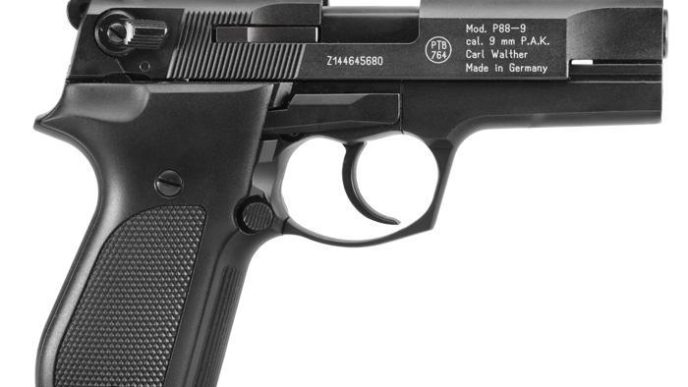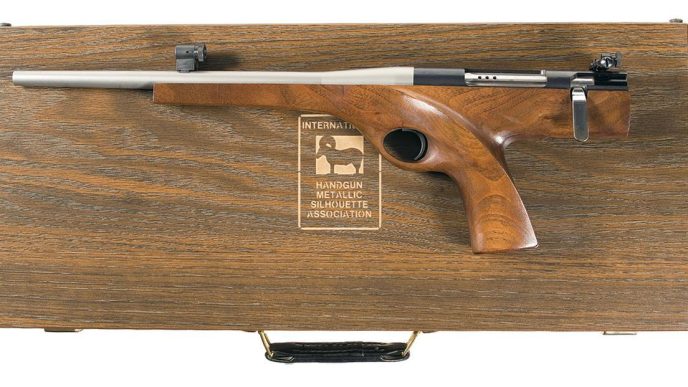Walther P5 is virtually an updated version of the well-known Walther P38, used by the German Army from 1938 to 1945 and afterward, as the P1, adopted by the Bundeswehr. Like the Heckler & Koch P7, it was designed in response to demands from the West German police for a pistol that combined rapid response with total sadet. Walther took the well-proven locking system of the P38 and wrapped a completely new configuration of a pistol around it, incorporating several new safety features.
Introduction
In the 1970s, West Germany updated its requirements for standardized police service pistols. The guns were to be Double Action/Single Action, have 8 round single-stack magazines, and be chambered for 9mm Parabellum. There were also enhanced safety specifications.
The latter two requirements ruled out PP variants, relegating PP series weapons to concealed or backup use. Gun manufacturers logically focused on the much larger market for the primary service pistols. Walther had not done much innovating with its handguns for years. The P1 was essentially a P38 with an alloy frame. The P4 was a P1 with a shortened barrel and the safety lever modified to function as a de-cocker only.
In response to the updated requirements, Walther produced the Walther P5. Walther’s design philosophy was to base the new pistol as an evolution of existing technologies. The frame was a derivative of the P1 frame, and the top end combined incremental improvements and features from other designs.

Design
The Walther P5 has an enveloping slide, but the barrel is semi-fixed and breech locking uses the familiar dropping block of the P38, in which a locking plate holds slide and barrel together during a short recoil, after which the plate descends. The slide is free to move backward. An external hammer is cocked during this movement.

However, the double-action now incorporates a large thumb-lever which in one movement activates all the safety devices and drops the hammer safely on a loaded chamber. From this position, the firer needs only to pull the trigger to fire the pistol; there is no manual safety catch to be operated.
Safety relies on the fact that until the very moment of firing, the firing pin is held aligned with a recess on the face of the hammer; thus, if the hammer should accidentally fall it will surround the firing pin head without touching it. In addition, the firing pin is never aligned with the solid part of the hammer except at the instant the action of the trigger releases the hammer. A disconnector also ensures that the trigger cannot affect the hammer unless the slide is closed and the breech securely locked.
When the trigger is pulled, it begins to cock the hammer, and as the hammer reaches full cock, a trip lever is extended upwards and forces the firing pin into alignment with the hammer’s solid face just as the hammer is released. If the hammer is tumb-cocked or cocked by the slide’s action, then the releasing action of the trigger will still cause the trip lever to raise and align the firing pin.
Users
The Walther P5 has been adopted by the Netherlands Police and by the police forces of Baden-Wurttemburg and Rheinland-Pfalz in Germany. It is also an interesting fact that through all the James Bond movies, there were four different guns used, all from Walther:
- Walther PPK,
- Walther P5 Compact
- Walther P99,
- Walther PPK/S
Technical specifications
| Manufacturer: | Walther Arms GmbH, Sportwaffenfabrik, Ulm, Germany |
| Type: | locked breech, double-action, semi-automatic pistol |
| Caliber: | 9 mm Parabellum |
| Barrel: | 3.5 in (90 mm) |
| Weight (empty): | 28 oz (795 grams) |
| Magazine capacity: | 8 rounds |













Maybe this is covered in the video but one VERY important feature which (might be unique) it ejects LEFT!